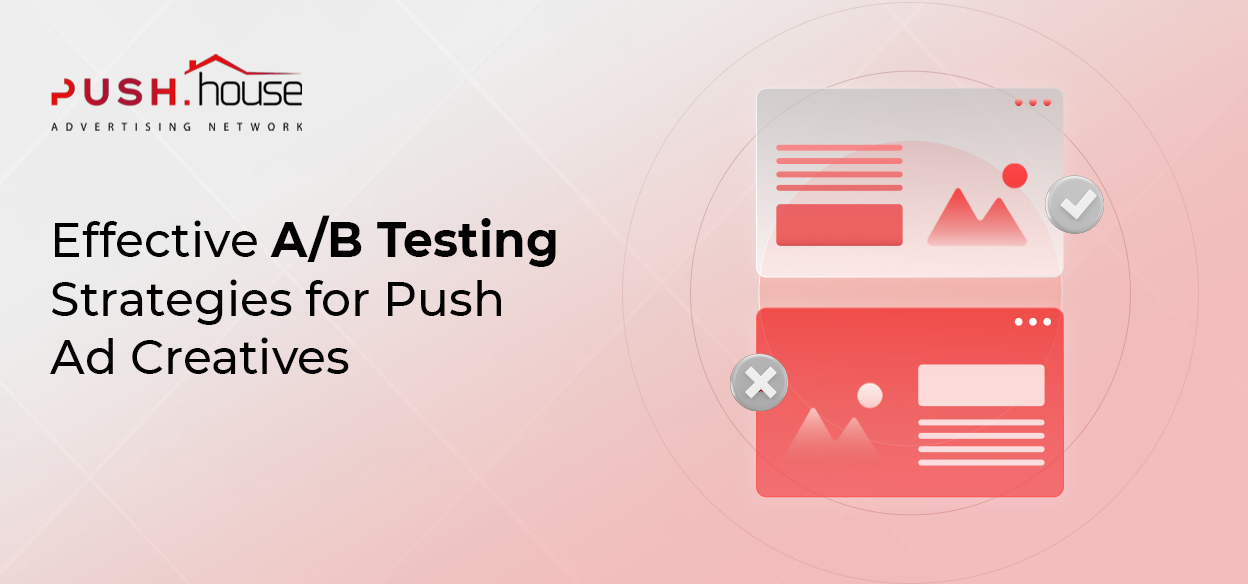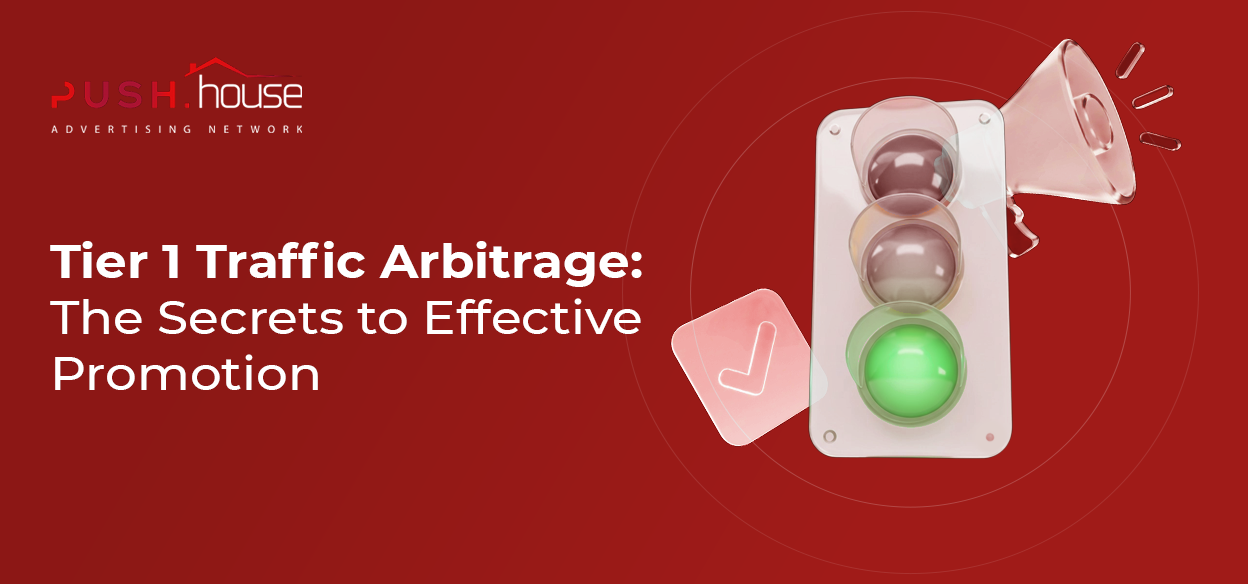
Effective A/B Testing Strategies for Push Ad Creatives
Hi there! Push.House here.
Push notifications are a powerful tool for capturing attention and keeping users engaged. But if you want your campaigns to truly deliver, guesswork isn’t the way to go. The key to real results lies in data—and one of the most effective ways to gather that data is through A/B testing. This approach allows you to compare different versions of a push creative and find out which elements actually drive better engagement. In this article, we’ll walk through the main A/B testing strategies that can help you get more out of your push campaigns.
Why A/B Testing Your Creatives Matters
Testing your creatives means optimizing campaigns based on real user behavior. Let’s say you launch a push campaign—but are users actually reading your headline? Are they responding to your CTA? A/B testing gives you answers. You’ll see your CTR go up, conversions increase, and your acquisition costs drop. On top of that, you gain valuable insight into your audience: how they think, what they respond to, and what kind of messaging they trust.
Key Creative Elements Worth Testing
In push campaigns, every detail matters. Most often, the headline is the first thing tested—it’s what grabs the user’s eye. But the body text plays a key role too, guiding the user toward action. Then come visuals: the image and icon can either reinforce your message or undermine it if poorly chosen. Some advertisers even test timing—analyzing what time of day or week their users are most active. And don’t overlook audience segmentation—what works for one group might flop with another.
A/B Testing Methods
Classic A/B Testing
This is the most common method. You create two versions of the same push (e.g. different headlines) and split them evenly between two user groups. Then, you track the numbers: which version gets more clicks? Which leads to more conversions? The catch: your test groups need to be well balanced—otherwise, results may be skewed.
Multivariate Testing (MVT)
While classic A/B testing answers “Which headline works better?”, MVT helps you understand which combination of elements performs best. Say you’re testing two headlines, two images, and two text variations. That gives you eight total combinations. It’s a powerful technique—but it demands a much larger audience to reach statistically meaningful conclusions for each variation.
Sequential Testing
Ideal if you want quicker results without overwhelming your users. Here, you test one element at a time—starting with headlines, then moving on to text, then visuals. It’s a more focused, step-by-step approach.
Bayesian A/B Testing
This method stands out because it allows you to measure the probability that one version is better than the other—even with limited data. It’s especially useful if your traffic volume is small or you need to make decisions fast. Because it adapts in real time, it’s a great option for dynamic launches.
How to Set Up an A/B Test
Before launching, define a clear objective. What exactly are you trying to improve? Then, choose your evaluation metrics and set a statistical significance threshold (typically p < 0.05). Don’t forget to calculate the traffic volume needed to run a valid test—there are plenty of online calculators for this. And make sure your test runs through at least one or two user activity cycles before drawing conclusions.
Analyzing the Results
Once the data is in, it’s time to break it down. Segment your results—maybe one headline performs better with men, another with women. After checking for statistical significance, you can either implement the winning option or run another test if the difference wasn’t decisive.
Tips for Smarter Optimization
To get clear results, test one element at a time. That’s how you isolate what actually made a difference. Don’t be afraid to experiment—but steer clear of overused clichés. Users grow tired of repetitive messaging. Use anonymized data to personalize your creatives wherever possible. And always track long-term performance: sometimes the “losing” variant ends up delivering better retention or LTV over time.
Conclusion
A/B testing is one of the most valuable tools in any advertiser’s toolbox. It lets you base your decisions on hard data instead of guesswork. In the competitive battle for user attention, the right creative can make all the difference. So test often, learn from the results, optimize consistently—and turn data into revenue.














